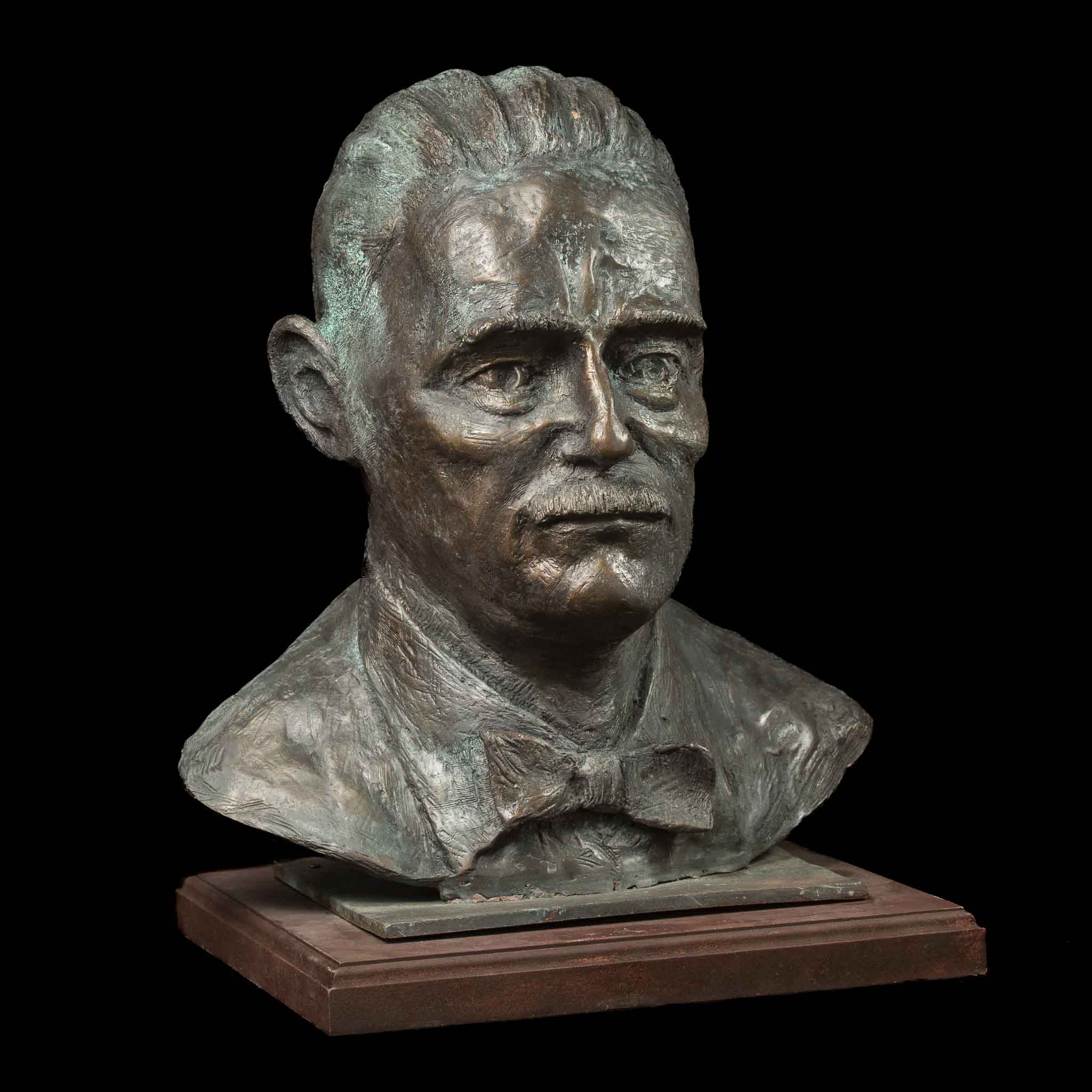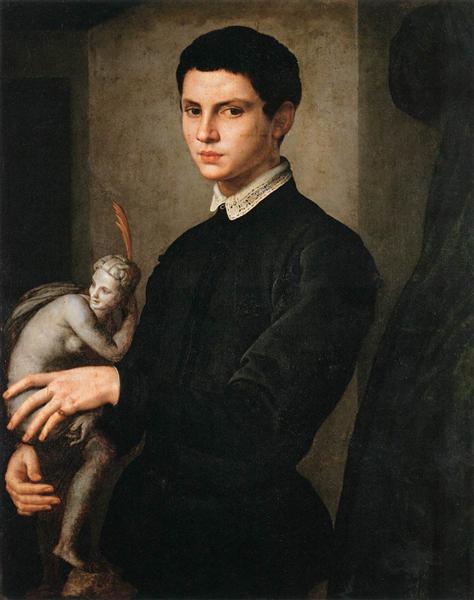Artistic Evolution: From Classic to Modern with Bronze Sculptures
Wiki Article
The Evolution of Sculptures: From Old to Modern
The Evolution of Sculptures: From Old to Modern.Sculpture, one of the oldest kinds of art, has actually been an essential component of human people for centuries (Robert C Hitchcock Sculptor). From the old worlds of Egypt and Greece to the modern age, sculptures have actually developed, reflecting adjustments in artistic methods, products, and social influences. This trip through time traces the growth of sculptures, exploring the shifts in vogue, topic, and creative expression
Beginning with the ancient world, sculptures crafted from rock and later on bronze recorded the significance of divine beings, rulers, and daily life. The Renaissance period witnessed a revival of classic sculpting strategies, as musicians sought to imitate the graceful types of ancient Greek and Roman sculptures. In the contemporary period, musicians challenged typical limits, accepting abstraction and experimentation with brand-new products.

This expedition will look into the varied development of sculptures, revealing the rich tapestry of creative expression across various periods and societies.
Old Sculptures: From Stone to Bronze
Old sculptures transitioned from being taken of rock to being cast in bronze. This shift noted a considerable evolution in the art of sculpture, permitting for greater improvement and detail in the ended up jobs. Stone sculptures, while excellent in their own right, were limited by the nature of the material. Stone required comprehensive sculpting and shaping, often causing an extra streamlined depiction of the topic.The introduction of bronze as a medium for sculptures caused a change in artistic expression. Bronze used artists the opportunity to create natural and intricate types that were not feasible with rock. The procedure of casting bronze enabled the creation of several copies of a sculpture, enabling larger circulation and conservation of these imaginative masterpieces.
The shift from rock to bronze additionally saw a shift in the subject of sculptures. While stone sculptures mainly depicted gods, goddesses, and mythological figures, bronze sculptures started to show a more comprehensive variety of topics, including everyday people and animals. This growth of subject issue showcased the versatility and adaptability of the bronze medium.
Renaissance Revival: Sculpting in the Classic Design
The Renaissance resurgence of sculpture experienced a rebirth in the timeless design, structure upon the advancements made throughout the transition from stone to bronze in ancient sculptures. Throughout this period, musicians looked for to recreate the classic aesthetic and suitables of charm that prevailed in old Greek and Roman sculptures.One of the key characteristics of the Renaissance resurgence was the emphasis on naturalism and the human form. Artists like Donatello and Michelangelo aim to catch the anatomical details and expressions of their subjects with extraordinary accuracy. They examined the human body and incorporated their monitorings into their sculptures, resulting in practical and realistic representations.
An additional crucial aspect of the Renaissance resurgence was the exploration of viewpoint and depth. Musicians utilized strategies such as contrapposto, where the weight of the body is moved to one side, developing a feeling of movement and dynamism. They likewise try out various materials, consisting of marble and bronze, to accomplish a degree of refinement and ins and out in their sculptures.
The classical design of the Renaissance revival had a profound impact on later durations of art, acting as a structure for the development of Western sculpture. It brought a renewed admiration for the charm and majesty of the human kind, and its legacy can still be seen in contemporary sculptures today.
Innovation and the Avant-Garde: Breaking Standard Borders

Among the vital characteristics of modernist sculpture was the focus on abstraction. Sculptors moved away from reasonable depictions and instead concentrated on capturing the essence of the subject via streamlined kinds and geometric forms. This departure from traditional depiction allowed musicians to reveal their emotions and concepts in an extra subjective and personal manner.
In addition, the avant-garde activity tested societal norms and conventions, motivating artists to experiment and push the boundaries of their art - Bronze Sculptures. Sculptors began incorporating unconventional products such as discovered objects, commercial products, and even natural environments right into their work. This expedition of new products and strategies not only increased the opportunities for sculpture but additionally challenged the conventional ideas of what might be considered art
Contemporary Sculptures: Discovering New Materials and Concepts
With a concentrate on checking out brand-new products and concepts, modern sculptures have changed the area of art. Artists today are pushing the boundaries of standard sculpture by using ingenious materials and trying out with abstract concepts. These sculptures test conventional notions of materiality, type, and definition, inviting audiences to take part in a brand-new and thought-provoking imaginative experience.Contemporary carvers are accepting a variety of products, including plastic, glass, metal, and even natural issue. Contemporary Sculptures. They are not restricted to the traditional medium of rock or clay, enabling higher freedom of speech and experimentation. This shift towards unusual products has actually opened up brand-new opportunities for musicians to create sculptures that are dynamic, interactive, and visually striking
Along with discovering brand-new products, modern sculptures likewise dive right into facility and abstract concepts. Artists are now checking out motifs such as identification, social concerns, and the environment, using sculpture as a powerful medium for social commentary and self-contemplation. These sculptures challenge viewers to think critically and involve with art on a deeper level, stimulating conversations and provoking emotional responses.
Worldwide Influences: Sculptural Customs From All Over The World

In ancient Egypt, sculptures were produced mostly for spiritual and funerary objectives. The iconic sculptures of pharaohs and gods, such as the Great Sphinx and the breast of Queen Nefertiti, display the Egyptians' proficiency of rock sculpting and their idea in the immortality.
In old Greece, sculpture reached its height throughout the classic period. Influenced by the suitables of charm, harmony, and percentage, Greek sculptures emphasized the human kind and celebrated the achievements of gods, professional athletes, and heroes. The renowned sculptures of Aphrodite of Knidos and the Discobolus exemplify the Greeks' search of perfection in sculptural art.
In ancient Rome, sculpture offered both political and creative purposes. Equine Sculptures. Roman sculptures frequently depicted emperors, generals, and mythical figures, mirroring the power and grandeur of the realm. The marble sculpture of Augustus of Prima Porta and the monumental Arc of Constantine are noteworthy examples of Roman sculptural accomplishments
Oriental sculptural traditions, specifically in India, China, and Japan, have likewise had an extensive influence on the evolution of sculptures. Indian sculptures, such as the delicately sculpted holy places of Khajuraho and the enormous sculptures of Buddha, show an abundant fusion of spiritual, mythological, and building aspects. Chinese sculptures, identified by their great workmanship and interest to information, usually represent divine beings, pets, and epic numbers. Japanese sculptures, influenced by Buddhism, stress simpleness and harmony, seen in the serene sculptures of Buddha and the elegant art of bonsai.
The international impacts on sculpture proceed to develop in the contemporary age. As we look to the future, it is specific that the worldwide influences on sculpture will continue to shape and redefine this ancient art form.
Verdict
In final thought, the development of sculptures has actually seen a change from ancient stone and bronze works to the classical revival throughout the Renaissance. This was adhered to by the breaking of conventional limits through modernism and the avant-garde activity. Today, modern sculptures discover brand-new products and ideas, while likewise drawing inspiration from worldwide sculptural traditions. The journey of sculptures mirrors the ever-changing imaginative expressions and social influences throughout background.From the old human beings of Egypt and Greece to the modern age, sculptures have actually evolved, reflecting modifications in creative strategies, products, and cultural influences.Beginning with the ancient world, sculptures crafted from stone and later on bronze caught the essence of divine beings, leaders, and day-to-day life.Old sculptures transitioned from being sculpted out of rock to being cast in bronze. While stone sculptures primarily illustrated gods, sirens, and mythical numbers, bronze sculptures started to mirror a more comprehensive variety of topics, consisting of daily individuals and animals.In final thought, the development of sculptures has actually seen a shift from ancient rock and bronze functions to the timeless resurgence throughout the Renaissance.
Report this wiki page